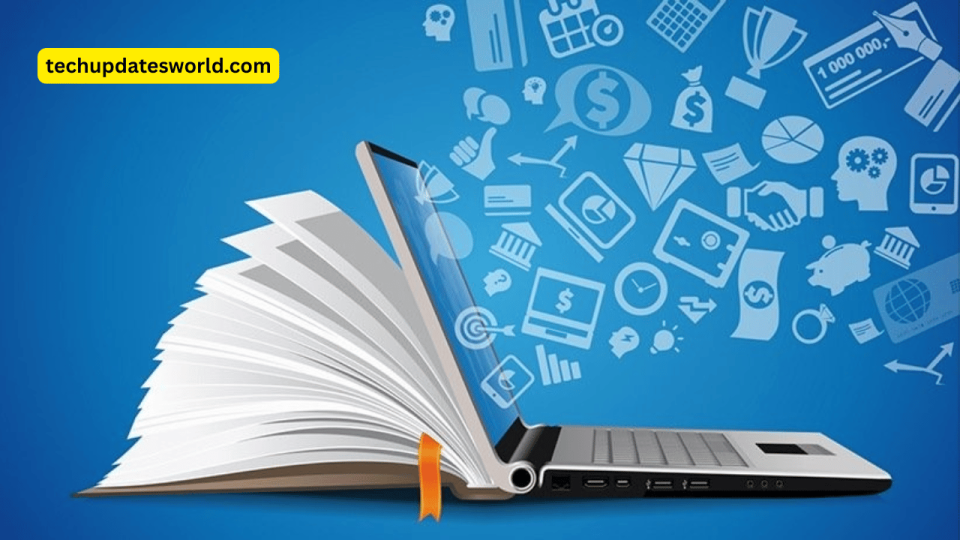Things are moving rapidly in education, and this creates new challenges for educators. The job now covers handling student needs and dealing with administrative work, which are much bigger duties. Now, artificial intelligence (AI) is providing the help that is so important. When we ask, “What is the role of AI in education?” The answer is that it helps personalize learning and makes teaching more efficient.
AI tools for teachers are not about replacing human interaction, but about improving how time, resources, and attention are used. With the right tools in place, educators can focus more on what really matters, i.e. connecting with students and inspiring learning.
Personalizing Learning One Student at a Time
Table of Contents
Not every student learns in the same way or at the same speed. AI can develop lessons that are right for every student. Quiz, activity and homework results are used by AI to find patterns in how students learn and use concepts. Here’s how these tools make lessons more personal:
- Suggest alternative explanations if a student is struggling
- Adjust the difficulty of tasks based on performance
- Highlight areas that need more focus
Imagine a classroom where each student receives materials suited to their level, even while learning the same topic. That’s how AI supports inclusive learning.
Saving Teachers’ Time Where It Counts
Time is one of the biggest problems teachers face. Organizing lessons, grading work, designing tests and following student results can be too much to handle. At this point, AI tools for teachers are very important. These tools can:
- Have the software grade questions that require students to select an answer or fill in a blank.
- Design quizzes that reflect the day’s main ideas.
- Give parents and school leaders updates on their child’s progress.
When teachers reduce repetitive duties, they get to spend more time helping, guiding and interacting with students.
Creating More Accessible Classrooms for All
AI can be used by students of all levels. In fact, it is especially strong at making classrooms more open to everyone. This is most beneficial for people who have disabilities or who speak in different languages. Some key accessibility features include:
- Text-to-speech and speech-to-text tools for students with reading or writing difficulties
- Real-time translation for multilingual classrooms
- Adaptive content that adjusts to the needs of each learner
With the help of smart classroom technology, schools can create more inclusive environments where everyone has a chance to thrive.
Adding Excitement with Immersive Learning
Traditional textbooks are still important, but today’s students respond better when learning is visual, interactive, and hands-on. AI, when combined with Augmented Reality (AR) and Virtual Reality (VR), brings lessons to life in exciting new ways. For example:
- A history lesson can include a virtual tour of ancient civilizations
- Science experiments can be safely conducted in a digital lab
- Geometry can be explored through interactive 3D shapes
These experiences not only make learning more enjoyable, but they also help students understand and remember complex ideas better.
Feedback That’s Fast, Focused, and Fair
Feedback plays a huge role in student improvement, but waiting days for corrections can slow down progress. AI helps by offering real-time feedback, allowing learners to identify mistakes and correct them on the spot. This approach has several benefits:
- Students get immediate clarity and don’t repeat the same errors
- Teachers can track class-wide trends and address common issues
- Parents stay informed about their child’s progress
With quicker feedback loops, learning becomes a continuous and more confident process.
Supporting Teachers with Informed Decisions
Another common question is, what are the best AI tools for teachers? The answer depends on what support is needed. Some tools help with lesson planning, while others assist with marking or monitoring student well-being. The best tools are those that fit seamlessly into a teacher’s workflow and enhance classroom management. Popular types of AI tools include:
- Planning assistants who create detailed lesson plans based on curriculum goals
- Grading tools that analyze student responses for speed and accuracy
- Behavior tracking systems that spot patterns and trigger alerts for follow-up
All these help teachers make informed decisions, saving time and improving outcomes.
Balancing Technology with Human Touch
While AI is making a positive difference, it’s also important to strike the right balance. Technology should support, not replace, human interaction. Students still need encouragement, empathy, and personal guidance [things only a real teacher can provide].
So, when thinking about what is the role of AI in education? It’s best to see it as a partner, not a solution in itself. Used responsibly, AI enhances the learning environment without taking away the personal connection between teachers and students.
Looking Ahead: The Classroom of the Future
As AI continues to evolve, smart classroom technology will likely become even more advanced. Future developments could include:
- Emotion-sensing tools that respond to student engagement levels
- Virtual teaching assistants that help manage large classrooms
- More natural language interactions for easier use
These tools can create more dynamic and responsive learning spaces, but they must always be used with care and consideration.
Final Thoughts: Empowering Educators with AI
Education is about preparing students for the future, and that includes using the tools of the future. AI gives teachers more space to innovate, adapt, and lead with confidence. Whether it’s through personalized content, faster grading, or immersive lessons, AI is helping classrooms become smarter, more efficient, and more inclusive.
To answer the big question again – what are the best AI tools for teachers? It’s those that empower educators to do what they do best, i.e. inspire, connect, and guide every student towards their full potential.
